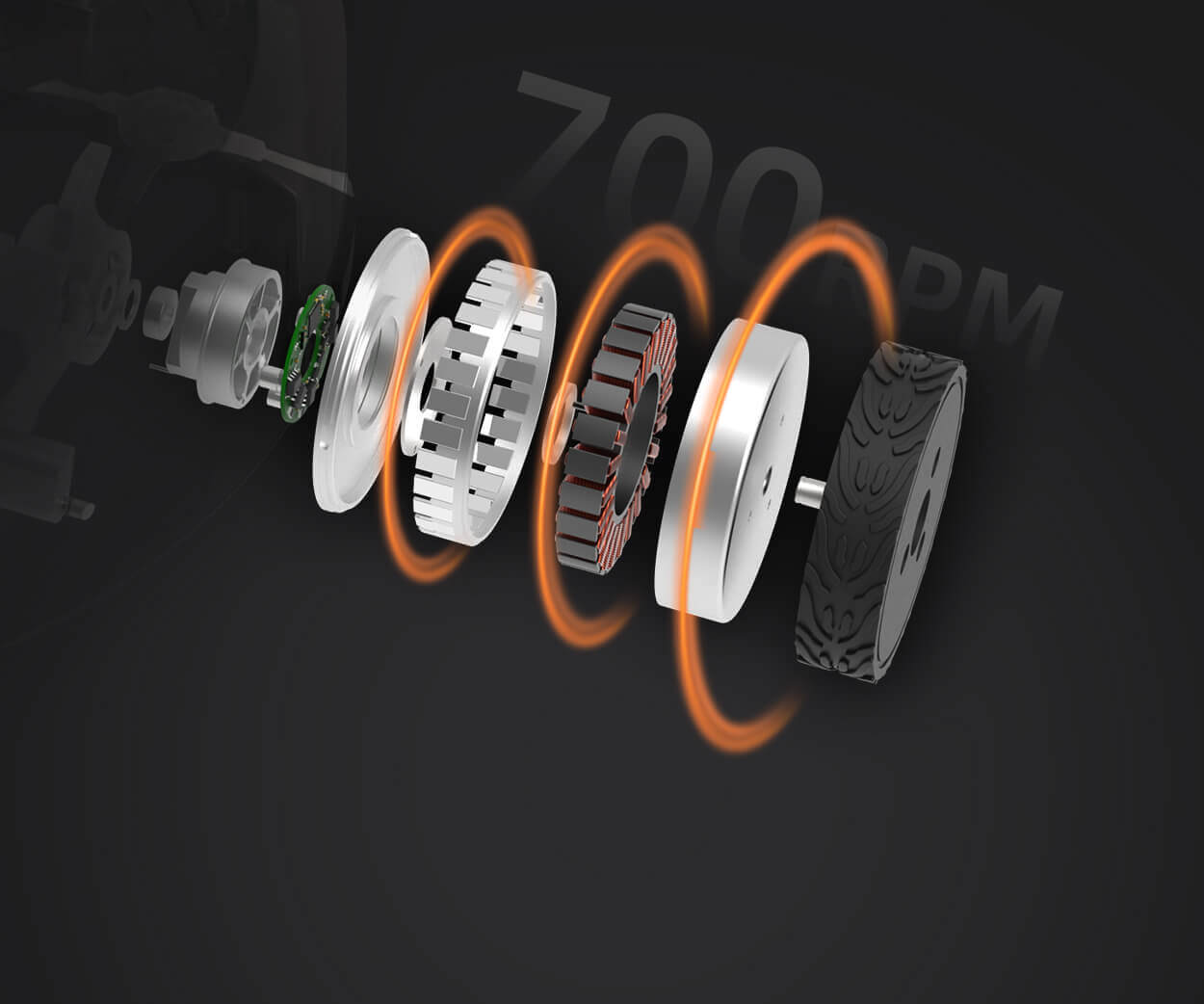When you're diving into the world of robotics or automation, one thing you'll stumble upon pretty quickly is the power of a servo motor. They're the backbone of precise movement, and if you're reading about how to power a servo motor, you’re already on the right track. Think of it as giving your robot its muscles, but with the finesse of a con artist—smooth, controlled, and exact.

Imagine this: you’ve got your servo motor, shiny and promising, but without proper power supply, it’s just sitting there, twitching like a mime. The first thing to get right is the voltage. Most small servo motors operate around 4.8V to 6V, but always check the datasheet. Powering it with a voltage outside this range? Bad news—either it won't run, or worse, it’ll burn out faster than a candied apple in July.
Now, what about current? That's like the energy drink for your servo. If you give it too little, it stalls or lags. Overdo it, and it could fry. A dedicated power supply—preferably one that can handle peak current surges—keeps everything smooth. When you’re wiring up, make sure the ground is shared between your power source and control system. Great grounding reduces noise and jitter, making movements more predictable.
And here’s a quick tip: using a capacitor—something like a 100 microfarad capacitor—across the power and ground can smooth out voltage fluctuations. It’s like adding a buffer zone to prevent sudden spikes that might make your servo jitter or glitch mid-swing.
But wiring isn’t the whole story. Think about control signals too. PWM—pulse-width modulation—is king. It’s like the language your control board and servo understand best. Adjust the duty cycle to tell your servo what position to go to. It’s kind of like giving someone directions with a flashlight—long flashes, or short, depending on the destination.
Ever wondered, “Why does my servo jerk when I switch it on?” It's probably because it’s trying to find its home position too quickly or because the power isn’t stable. Slow, consistent startup procedures help. Giving your servo a gentle warm-up can save a lot of hassle.
Choosing the right power system is more than just specs. It’s about matching the servo motor’s needs with your application's demands. For example, load weight, speed, and accuracy all influence your power setup. Underpowered? It won’t reach the desired position. Overpowered? It might strain or damage.
In the end, powering a servo motor is about balancing voltage, current, and control signals—like tuning a musical instrument. Once you get that harmony right, your project runs like clockwork. Getting the basic setup right can make all the difference between a jittery, unreliable motion and smooth, precise operation.
So next time someone asks you about powering a servo, just tell them to think of it as giving life to a tiny, eager athlete—make sure they have enough energy, clear directions, and a little buffer to prevent surprises. That's when your setup really shines.
Established in 2005, Kpower has been dedicated to a professional compact motion unit manufacturer, headquartered in Dongguan, Guangdong Province, China. Leveraging innovations in modular drive technology, Kpower integrates high-performance motors, precision reducers, and multi-protocol control systems to provide efficient and customized smart drive system solutions. Kpower has delivered professional drive system solutions to over 500 enterprise clients globally with products covering various fields such as Smart Home Systems, Automatic Electronics, Robotics, Precision Agriculture, Drones, and Industrial Automation.




































